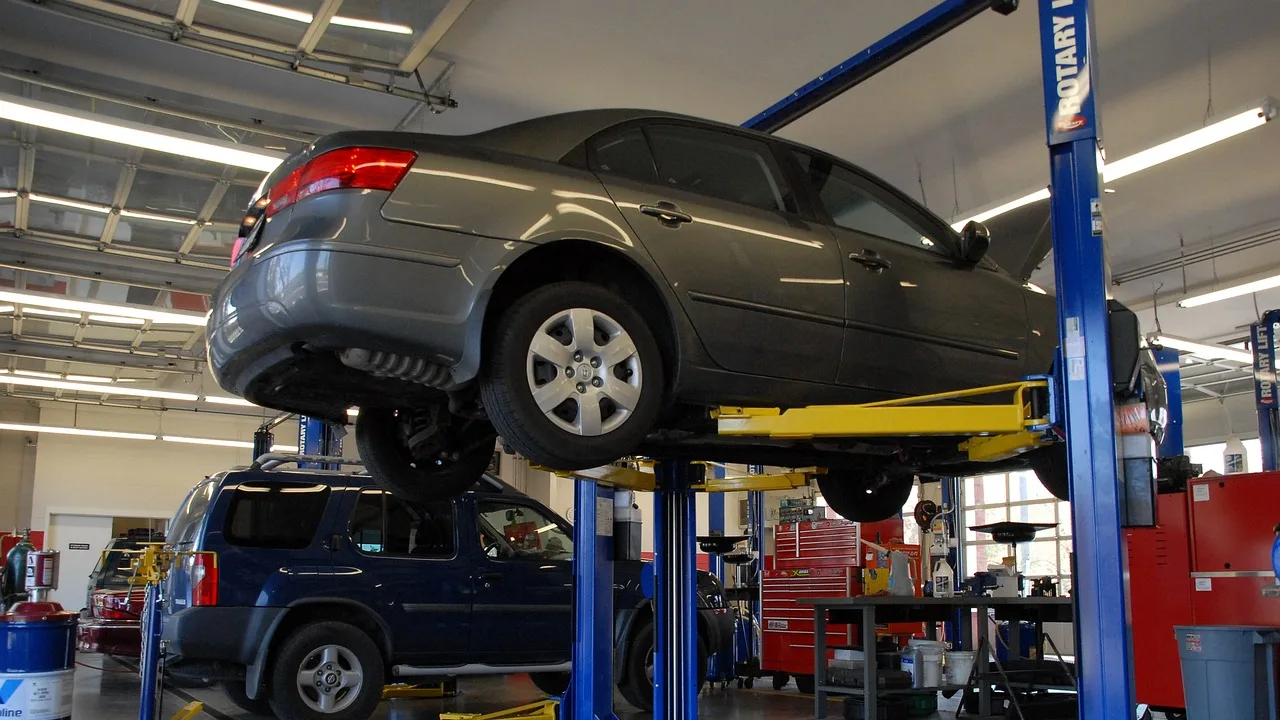Car maintenance is a crucial aspect of responsible vehicle ownership. Regular upkeep not only ensures the longevity of your vehicle but also enhances safety and performance. This comprehensive guide provides essential tips and insights into car maintenance that every vehicle owner should know.
Car Maintenance Everyone Should Know
Regular Inspection and Fluid Checks:
Engine Oil:
Regularly check and change the engine oil as per the manufacturer’s recommendations. Use the proper type of oil for your car and make sure the oil level is within the advised range.
Transmission Fluid:
Check transmission fluid levels regularly and follow the manufacturer’s guidelines for replacement.
Coolant:
Monitor coolant levels and ensure a proper coolant-water mixture to prevent engine overheating.
Brake Fluid:
Regularly check brake fluid levels and top up if necessary.
If you notice a significant drop in brake fluid, inspect the braking system for leaks.
Power Steering Fluid:
Check power steering fluid levels and top up if needed.
Look for signs of leaks in the power steering system.
Tire Maintenance:
Tire Pressure:
Regularly check tire pressure and maintain it according to the manufacturer’s specifications.
Under-inflated or over-inflated tires can lead to uneven wear and affect fuel efficiency.
Tire Rotation:
Rotate tires at regular intervals to promote even wear and extend tire life.
Follow the recommended rotation pattern provided in the vehicle’s manual.
- Audi GT50 Concept: A Loud Reminder of Why Car Enthusiasts Fell in Love With Audi
- Nearly 30% of UK Drivers Believe Car Tax Should Be Based on Mileage — Survey
- Why Planes and Boats Escaped the Luxury Tax But Cars Didn’t
- Australia’s Headlight Confusion: Authorities Warn Drivers After Viral $250 Headlight Rule Goes Wild Online
- 2025 Hyundai Venue Facelift Launched in India – Full Details, Variants, and Price
Wheel Alignment:
Ensure proper wheel alignment to prevent uneven tire wear and maintain steering stability.
Align the wheels if you experience steering pulling or notice uneven tire wear.
Tire Tread Depth:
Regularly check the amount of tread on your tires, and replace them if the tread wears down past the advised level. Worn-out tires compromise traction and increase the risk of accidents.
Brake System Maintenance:
Brake Pads and Rotors:
Regularly inspect brake pads for wear and replace them if the thickness is below the recommended limit.
Check brake rotors for signs of scoring or warping and replace them if necessary.
Brake Fluid Flush:
To ensure the best possible braking performance, flush your brake fluid according to the manufacturer’s recommendations.
Contaminated brake fluid can lead to brake system failure.
Brake System Inspection:
Periodically inspect the entire brake system for leaks, corrosion, or damage.
Address any issues promptly to ensure the effectiveness of the braking system.
Engine and Air Filter Maintenance (250 words):
Air Filter:
Replace the air filter regularly to ensure proper air intake and optimal engine performance.
A clogged air filter can lead to reduced fuel efficiency and engine power.
Fuel Filter:
Follow the manufacturer’s recommendations for fuel filter replacement to maintain fuel system cleanliness.
A clogged fuel filter can affect engine performance and fuel efficiency.
Engine Belt Inspection:
Check the condition of the serpentine belt and timing belt regularly.
Replace worn or damaged belts to prevent engine breakdowns.
Electrical System Maintenance:
Battery:
Check the battery terminals for corrosion and clean them regularly.
Test the battery voltage and replace it if it is old or shows signs of weakness.
Spark Plugs:
Replace spark plugs at the recommended intervals to ensure efficient combustion.
Worn-out spark plugs can lead to misfires and decreased fuel efficiency.
Exterior and Interior Care:
Washing and Waxing:
Regularly wash and wax the exterior to protect the paint and finish from environmental elements.
Waxing helps to maintain the vehicle’s shine and provides an additional layer of protection.
Interior Cleaning:
Clean and vacuum the interior regularly to prevent the buildup of dirt and debris.
Use suitable interior protectants to maintain the quality of surfaces and prevent cracking or fading.
Wiper Blades:
Check wiper blades for wear and replace them if they streak or leave smudges.
Properly functioning wiper blades ensure clear visibility during adverse weather conditions.
Suspension and Steering System:
Shocks and Struts:
Inspect shocks and struts for signs of leakage or wear.
Replace worn-out shocks and supports to maintain a smooth and controlled ride.
Steering Components:
Check the power steering system for leaks and ensure proper fluid levels.
Inspect steering components for wear and address any issues promptly.
Miscellaneous Tips:
Owner’s Manual:
Regularly refer to the owner’s manual for specific maintenance schedules and recommendations. Keep an emergency kit in the vehicle, including simple tools, a spare tire, and jumper cables.
Scheduled Maintenance:
Follow the manufacturer’s recommended scheduled maintenance for significant service Adhering to these schedules ensures the longevity and reliability of your vehicle.
